How To Grow Winter Savory Plant For A Flavorful Yearround Harvest
Winter savory is a hardy, flavorful herb that can be grown in most climates. It has a warm, slightly peppery flavor that is perfect for use in soups, stews, sauces, and marinades. Winter savory is also a good source of vitamins A and C.
Here are some tips on how to grow winter savory plant for a flavorful year-round harvest:
- Choose a sunny location with well-drained soil. Winter savory does not tolerate wet feet.
- Amend the soil with compost or other organic matter before planting.
- Sow seeds in the spring or early summer. Winter savory can also be propagated from cuttings.
- Thin seedlings to 12-18 inches apart once they have germinated.
- Water regularly, especially during hot, dry weather.
- Fertilize with a balanced fertilizer once a month during the growing season.
- Harvest leaves as needed throughout the season.
Winter savory can be harvested throughout the year, but the leaves are at their peak flavor in the spring and fall. To harvest, simply snip off the leaves from the top of the plant. You can also harvest the entire plant and dry it for later use.
Winter savory is a versatile herb that can be used in a variety of dishes. Here are a few ideas:
- Add a few sprigs of winter savory to soups and stews for a flavorful boost.
- Use winter savory to make a savory vinaigrette for salads.
- Add winter savory to grilled meats and vegetables for a delicious flavor.
- Sprinkle winter savory on top of roasted potatoes or vegetables for a flavorful garnish.
Winter savory is a delicious and easy-to-grow herb that can add a flavorful touch to your dishes. With a little care, you can enjoy winter savory all year long.
Winter savory is a perennial herb that is native to warm temperate regions of southern Europe, the Mediterranean, and Africa. It has a strong, minty flavor that is similar to oregano. Winter savory is used in cooking, as a medicinal herb, and as an insect repellent.
To learn more about winter savory, visit Home Gardening. This website provides comprehensive information about the plant, including its history, cultivation, uses, and health benefits.
FAQ of winter savory plant
- How do I grow winter savory?
Winter savory is a relatively easy plant to grow. It prefers full sun and well-drained soil. You can sow the seeds indoors 6-8 weeks before the last frost, or plant them directly in the garden after the last frost. The plants should be spaced 8-12 inches apart. Water regularly, especially during the first year. Winter savory is a hardy plant and can withstand cold winters.
- What are the benefits of winter savory?
Winter savory has a number of health benefits. It is a good source of vitamins A and C, and it also contains antioxidants. Winter savory can help to boost the immune system, improve digestion, and relieve respiratory problems. It is also a flavorful herb that can be used in a variety of dishes.
- How do I harvest winter savory?
You can harvest winter savory leaves throughout the growing season. The leaves have the best flavor when they are young and tender. To harvest, simply snip off the leaves with a pair of scissors. You can also harvest the entire plant and dry it for later use.
- How do I care for winter savory?
Winter savory is a low-maintenance plant. It does not require a lot of water, and it is relatively resistant to pests and diseases. However, it is important to keep the soil around the plants free of weeds. You may also want to fertilize the plants once a year in the spring.
- What are some common problems with winter savory?
The most common problem with winter savory is powdery mildew. This is a fungal disease that can cause white spots to appear on the leaves. To prevent powdery mildew, water the plants early in the day so that the leaves have time to dry before nightfall. You can also use a fungicide to treat powdery mildew.
Image of winter savory plant
- Winter savory plant in full bloom. The plant has small, white flowers that bloom in clusters.

- Close-up of winter savory leaves. The leaves are small, oval-shaped, and have a gray-green color.
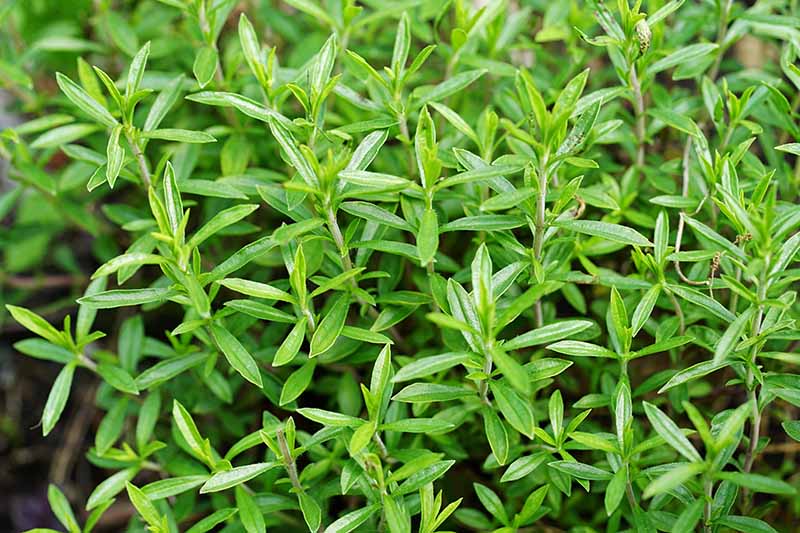
- Winter savory plant growing in a pot. The plant can be grown indoors or outdoors.

- Winter savory plant used in a culinary dish. The leaves can be used to flavor a variety of dishes, such as soups, stews, and sauces.

- Winter savory plant used in a medicinal tea. The leaves can also be used to make a medicinal tea that can help with digestion and respiratory problems.
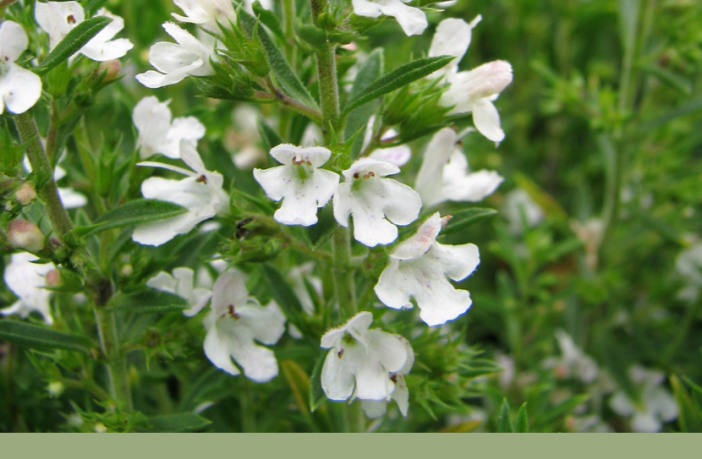
- Winter savory plant in a garden setting. The plant is a popular addition to herb gardens.

- Winter savory plant in a meadow. The plant can also be found growing wild in meadows and other open areas.
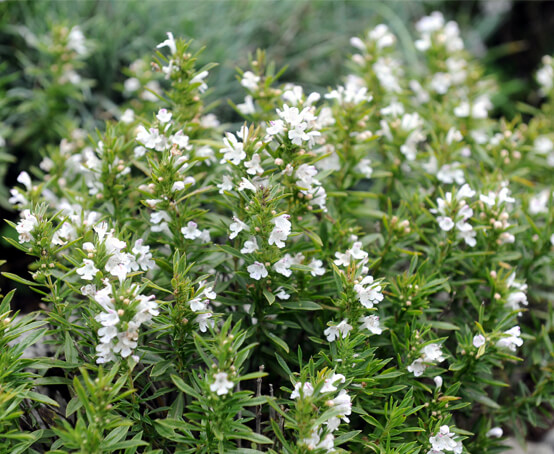
- Winter savory plant in a vase. The leaves can be used to make a beautiful and fragrant centerpiece.
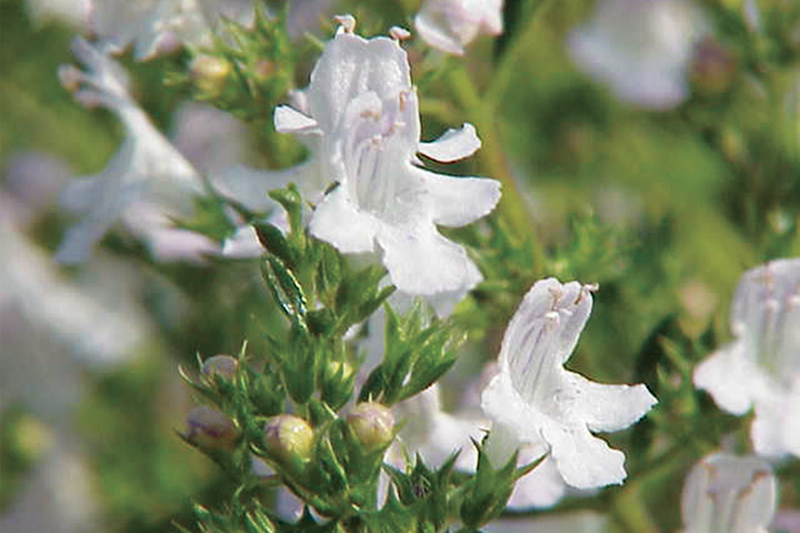
- Winter savory plant in a terrarium. The plant is a good choice for terrariums because it is relatively low-maintenance.
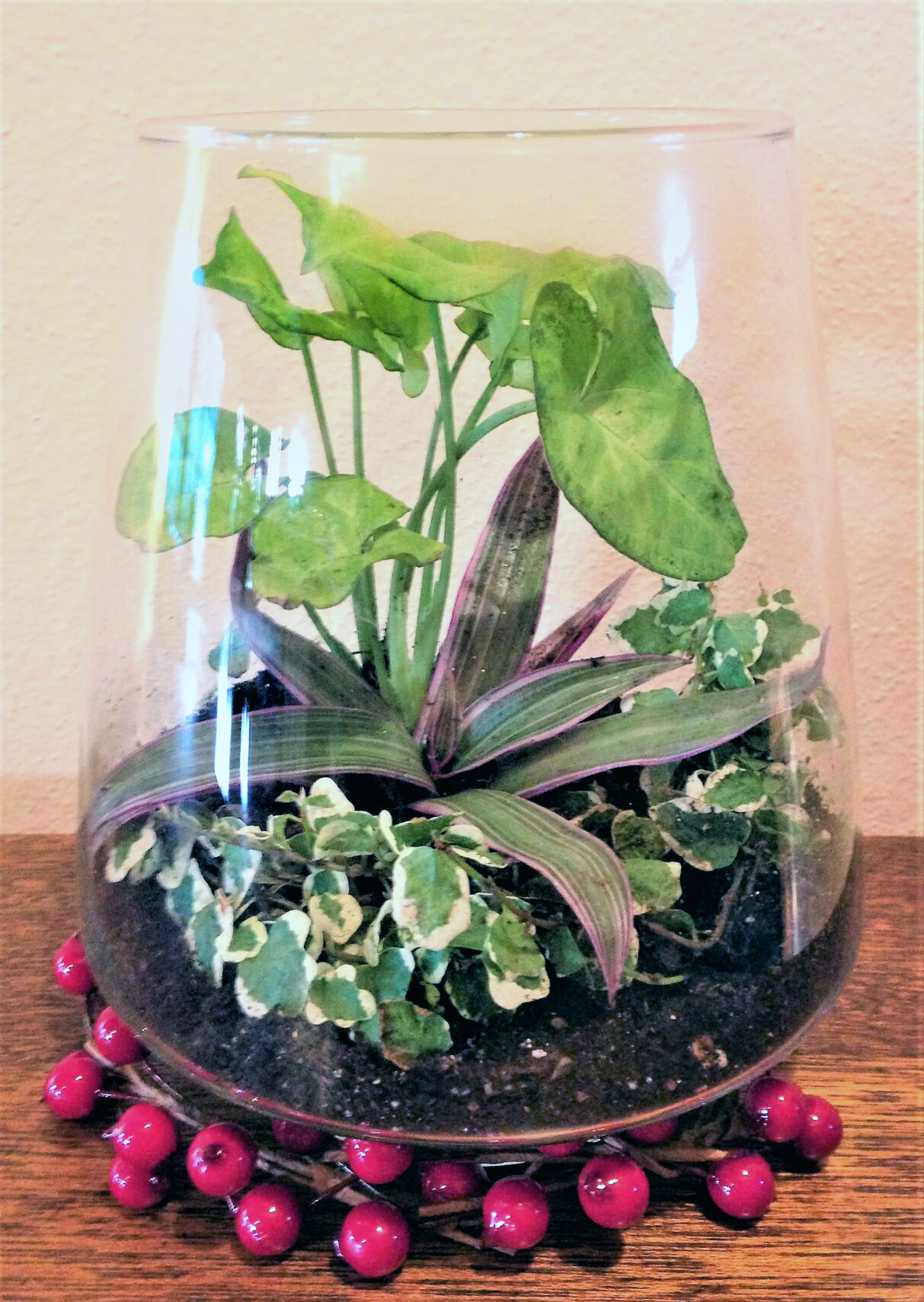
- Winter savory plant in a hanging basket. The plant can also be grown in hanging baskets, which makes it a great option for patios and decks.
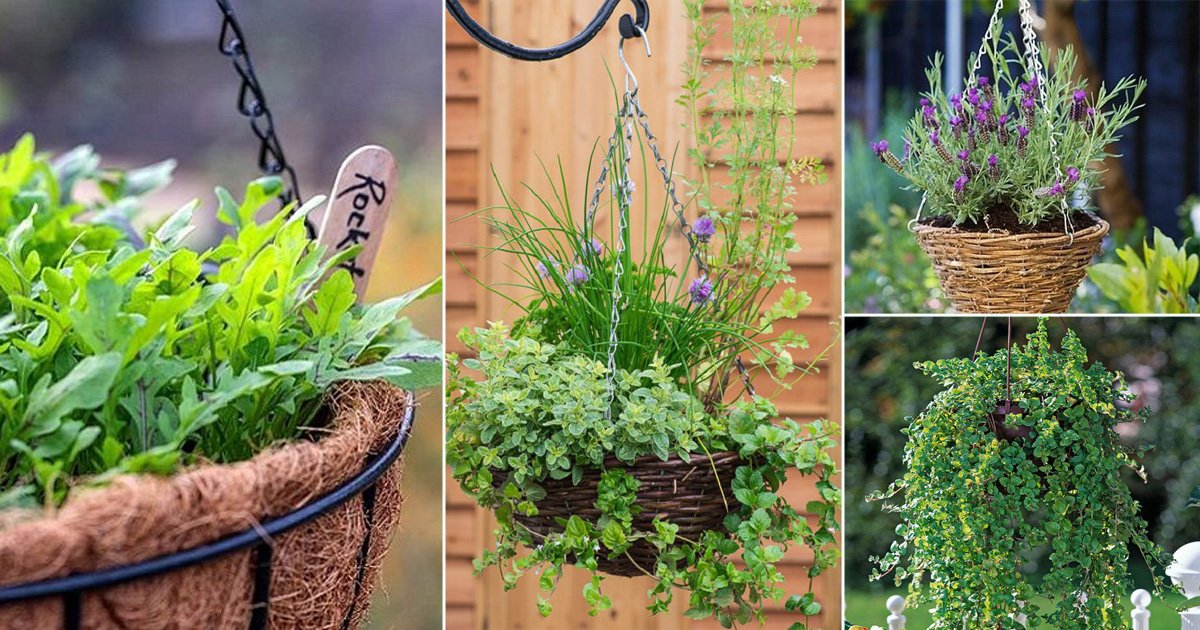
Post a Comment for "How To Grow Winter Savory Plant For A Flavorful Yearround Harvest"